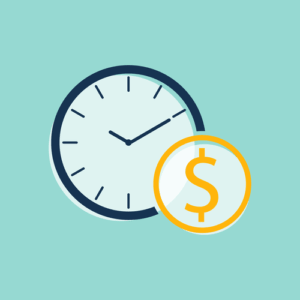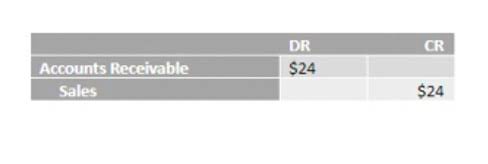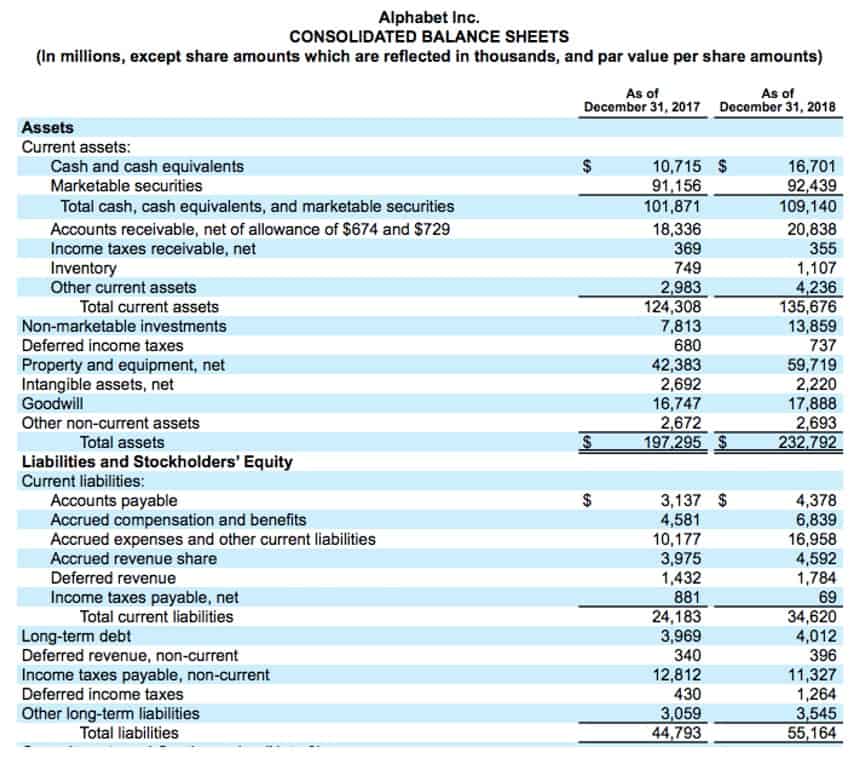
In loose terms, the difference between the salvage value and the actual cost of the asset is known as depreciation. There are different ways through which a company can provide for reducing the cost of the asset. Plant assets are a specific type of asset on a company’s balance sheet. An asset’s cost minus its accumulated depreciation is known as the asset’s book value or carrying value. Plant assets are deprecated over their useful lives using the straight line or double declining depreciation methods.

Create a Free Account and Ask Any Financial Question

Let us try to understand the difference https://www.bookstime.com/ between plant assets characteristics and current assets. Regardless of the company you’re analyzing, plant assets tend to be those held for long-term use and depreciated over their useful lives. As time goes on, plant assets wear down and must be replaced, although most companies try to extend useful life for as long as possible. Depreciation is the process by which a plant asset experiences wear and tear over a particular period of time.
- On the other hand, it would not be able to sell its factory within a few days to obtain cash as that process would take much longer.
- Noncurrent assets are a company’s long-term investments, and cannot be converted to cash easily within a year.
- They are an important factor in liquidity ratios, such as the quick ratio, cash ratio, and current ratio.
- Working capital is the difference between your current assets and current liabilities.
- Analysts monitor a company’s investments in PP&E and any sale of its fixed assets to help assess financial difficulties.
Accumulated depreciation
- Depreciation is the wear and tear of the asset, which occurs due to its daily usage.
- Cash equivalents are short-term investment securities with 90 days or less maturity periods.
- While they’re most definitely both considered part of the asset category, current assets and plant assets don’t share all that much in common.
- Later on, the company will charge the depreciation according to the method of depreciation it usually follows.
Total current assets is the sum of all cash and other assets that quickly convert into cash. This includes things like cash on hand, investments, accounts receivable, and inventory. A company’s current liabilities are obligations that are due within one year.

To Ensure One Vote Per Person, Please Include the Following Info

Current assets are used to finance the day-to-day operations of a company. This includes salaries, inventory purchases, rent, and other operational expenses. Other liquid assets include any other assets which can be converted into cash within a year but cannot be classified under the above components.

Current Assets vs. Fixed Assets: What’s the Difference?
The cash ratio is the most conservative as it considers only cash and cash equivalents. The current ratio is the most accommodating and includes various assets from the Current Assets account. These https://www.facebook.com/BooksTimeInc/ multiple measures assess the company’s ability to pay outstanding debts and cover liabilities and expenses without liquidating its fixed assets. Fixed assets appear on the company’s balance sheet under property, plant, and equipment (PP&E) holdings.
This cost is objective, verifiable, and the best measure of an asset’s fair market are plant assets current assets value at the time of purchase. Fair market value is the price received for an item sold in the normal course of business (not at a forced liquidation sale). Even if the market value of the asset changes over time, accountants continue to report the acquisition cost in the asset account in subsequent periods. Current assets are typically liquid, meaning they can be quickly converted into cash. Current ratio measures your ability to pay your current liabilities with your current assets. The operating cycle is an important metric because it can impact your working capital and liquidity.
